This Champagne and Sparkling Cocktails Book Is A Bubbly Upgrade For Any Occasion
Add some effervescence to your mixology game.
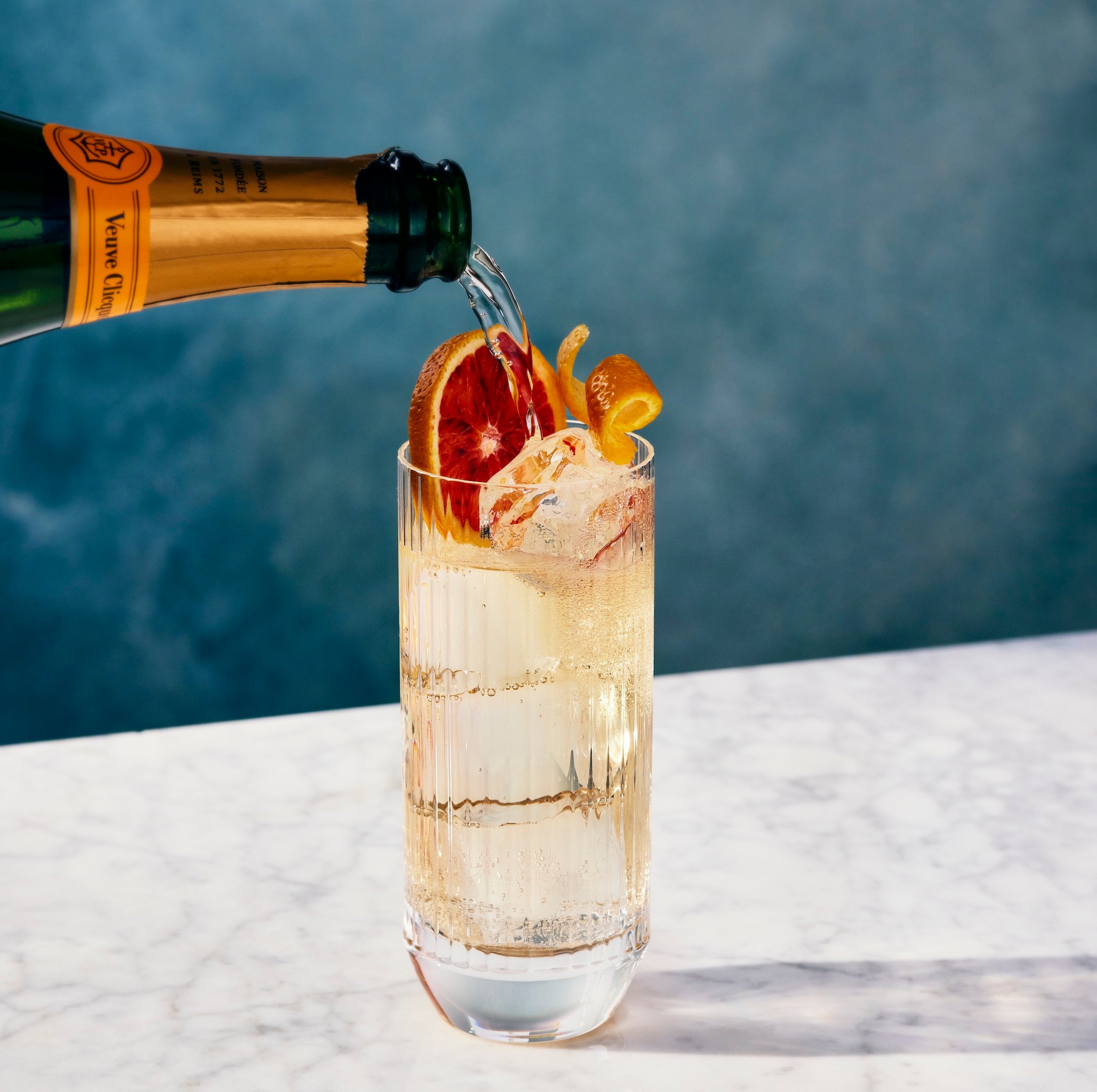
“Given our contemporary interest in mixology as well as the long history of the sparkling wine cocktail, it makes sense that the effervescent cocktail is overdue for a moment in the spotlight.” Well distilled words of wisdom from drinks author Elva Ramirez’s beautiful new book Sparkling: Champagne and Sparkling Cocktails for Any Occasion, new out from Union Square & Co., which is making our summer sensational.
“Sparkling is designed for how we drink now: More than just a special-occasions-only or once-a-year moment, bubbles are now recognized as the perfect companion for nearly every event, from casual solo dinners to festive brunch parties to late-night romantic rendezvous,” Ramirez, who also authored Zero Proof Cocktails, writes. “As a Champagne expert once memorably told me, “You drink bubbles when the sky is blue.”
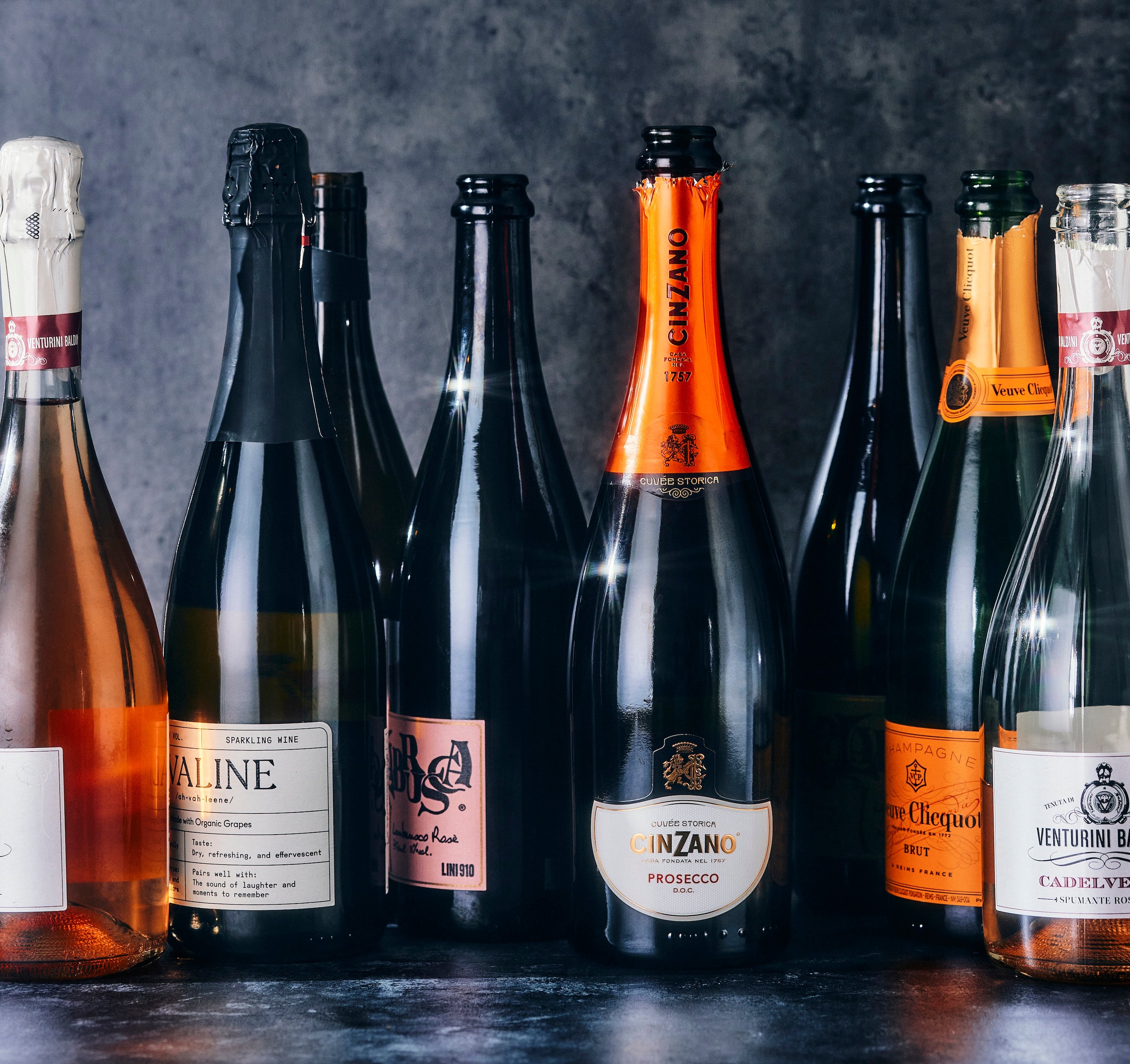
Ramirez’s captivating collection of drinks recipes includes icons such as the Aperol Spritz and French 75 as well as enticing originals from the country’s top bartenders at award-winning spots like Dante and Death & Co. In addition to single-serve stunners there are large format concoctions for party-throwers that will making stylish hosting a breeze. “Sparkling reminds us that every moment is an opportunity to enjoy a glass of dancing bubbles fit for royalty,” Ramirez notes.

As for the fine points, “You don’t have to, nor should you, spend too much on wine that will be used in cocktails,” Ramirez points out. “Aged fine Champagnes have subtle flavors and will have smaller bubbles (as a result of their time spent in cellars), so a fine Champagne’s best features will be lost in a cocktail, especially if it has fresh juice in it. Though for sparkling cocktails with a minimum of ingredients, such as a Kir Royale, a fine wine is an excellent choice.”
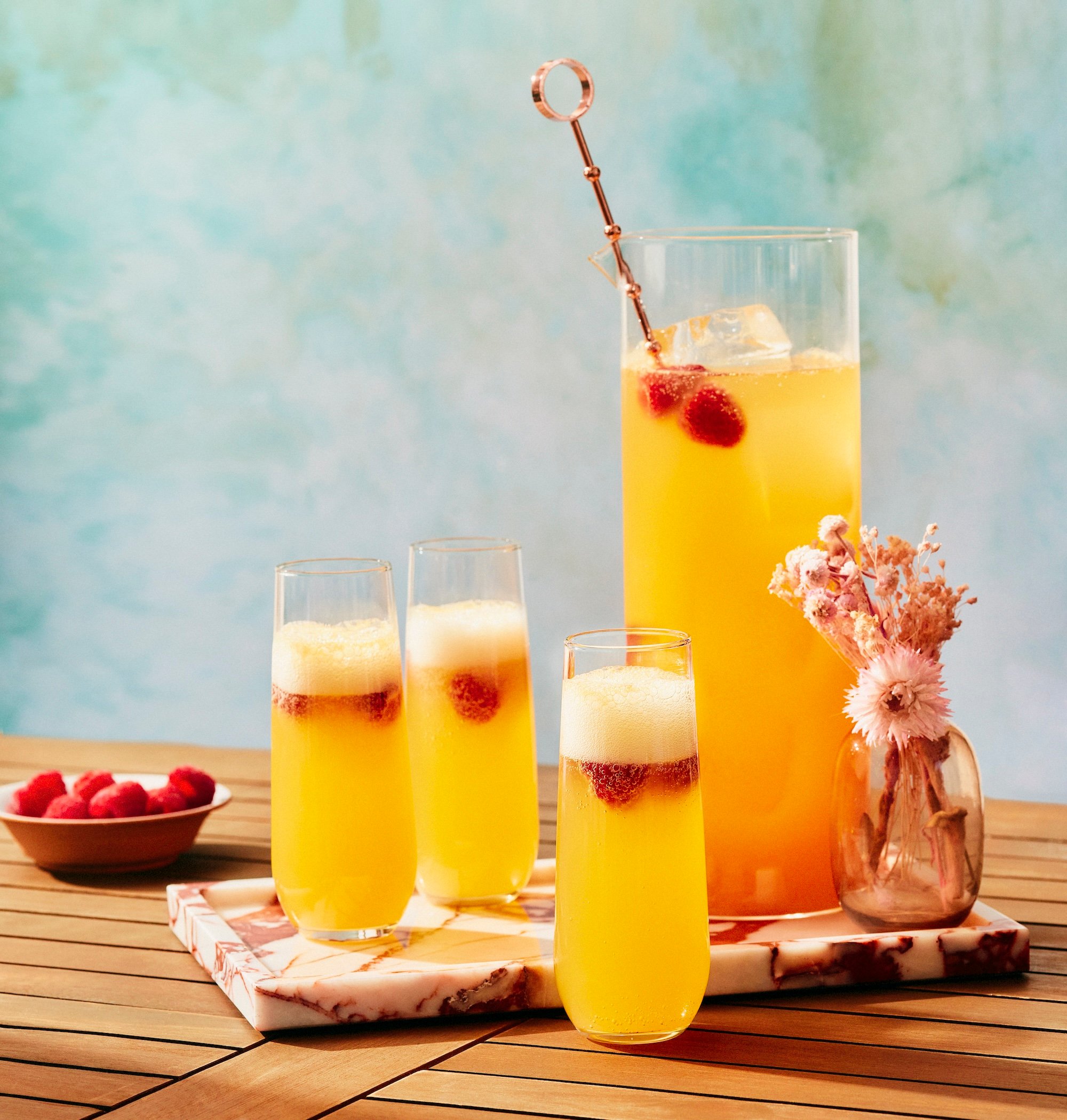
Instead, “Look for young wines from a range of producers (American, Italian, British, Spanish, and French),” she counsels. “Inexpensive, sparkling wines are produced via the charmat or Martinetti method (in which bubbles are formed in stainless steel vats before being transferred into bottles). Charmat wines tend to have fruity, fresh qualities and soft bubbles that dissipate quickly. Prosecco and Lambrusco are the most well-known examples of wines made via charmat.”
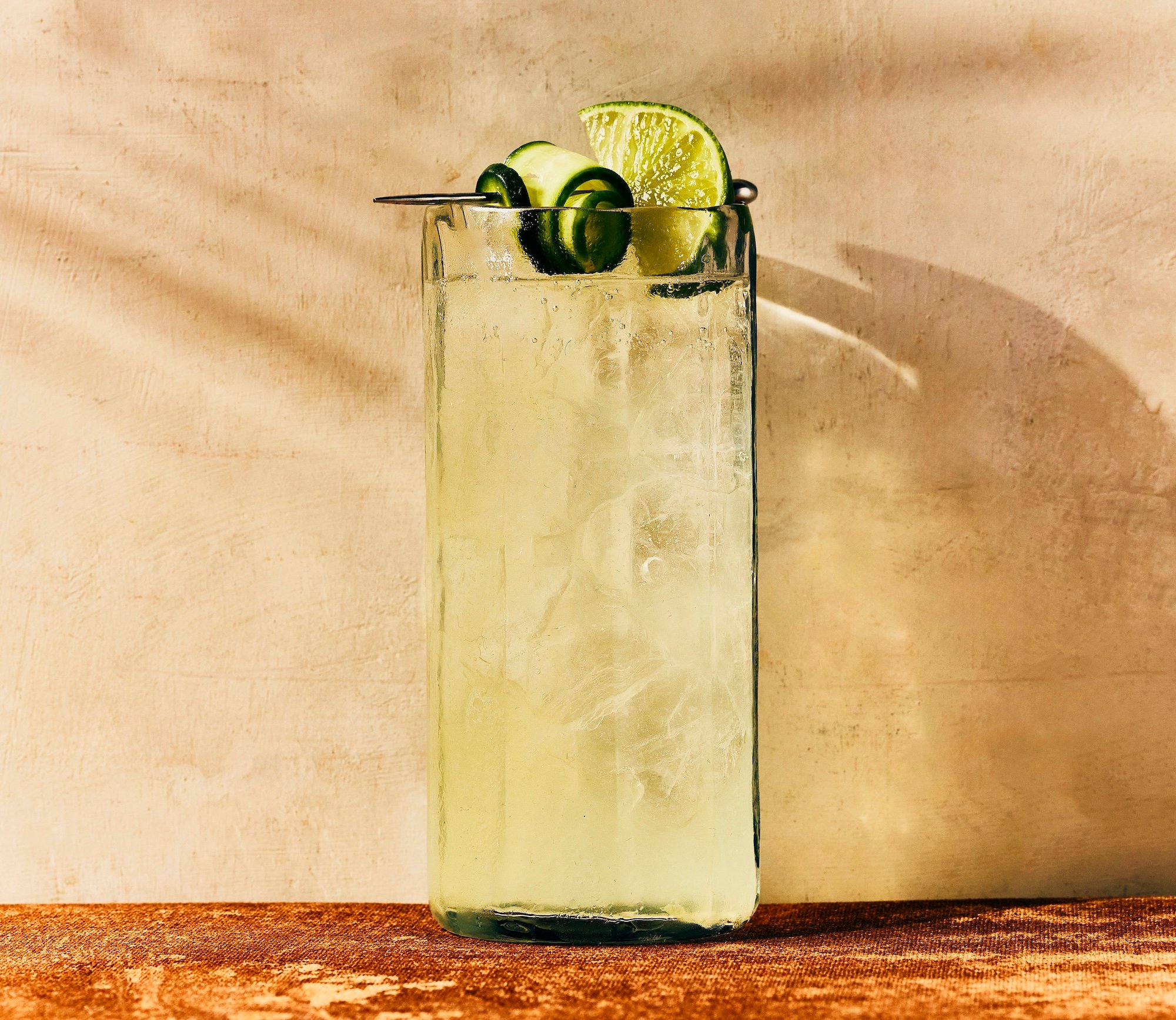
On the spirits side, “You don’t have to buy a new bottle of tequila if you already have a blanco in the house,” she advises. “Base spirits such as gin, vodka, and rum allow for some interchangeability. Liqueurs, however, tend to be quite specific, with distinct profiles and colors; try to use the liqueur listed in the recipes as much as possible. That said, almost every liqueur has a rival with similar virtues”—try swapping Aperol for Select—”that can be a last-minute stand-in if you can’t find the original ingredient.”
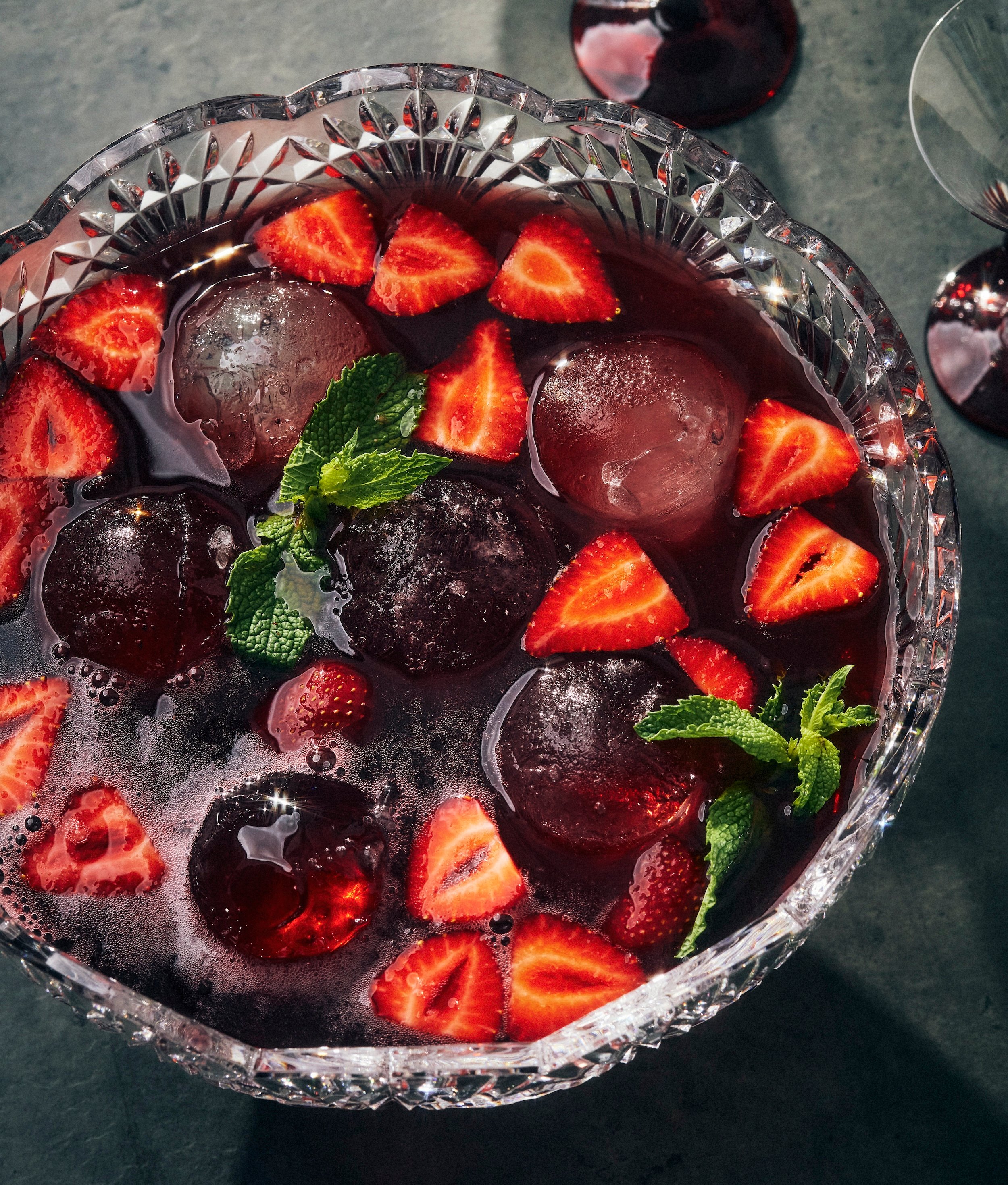
One final word of expertise from the author: “Many, if not all, recipes in this collection have the sparkling wine added at the end. There’s a few reasons for that. One: You should never shake a fizzy liquid (wine or soda) in a mixing tin. The pressure will cause the container to explode. Two: You don’t want to bruise the delicate bubbles of the wine. Once you’ve added the wine, you can give the drink one last gentle stir to combine and then serve. You want to preserve the bubbly freshness that occurs when the wine is just added.”
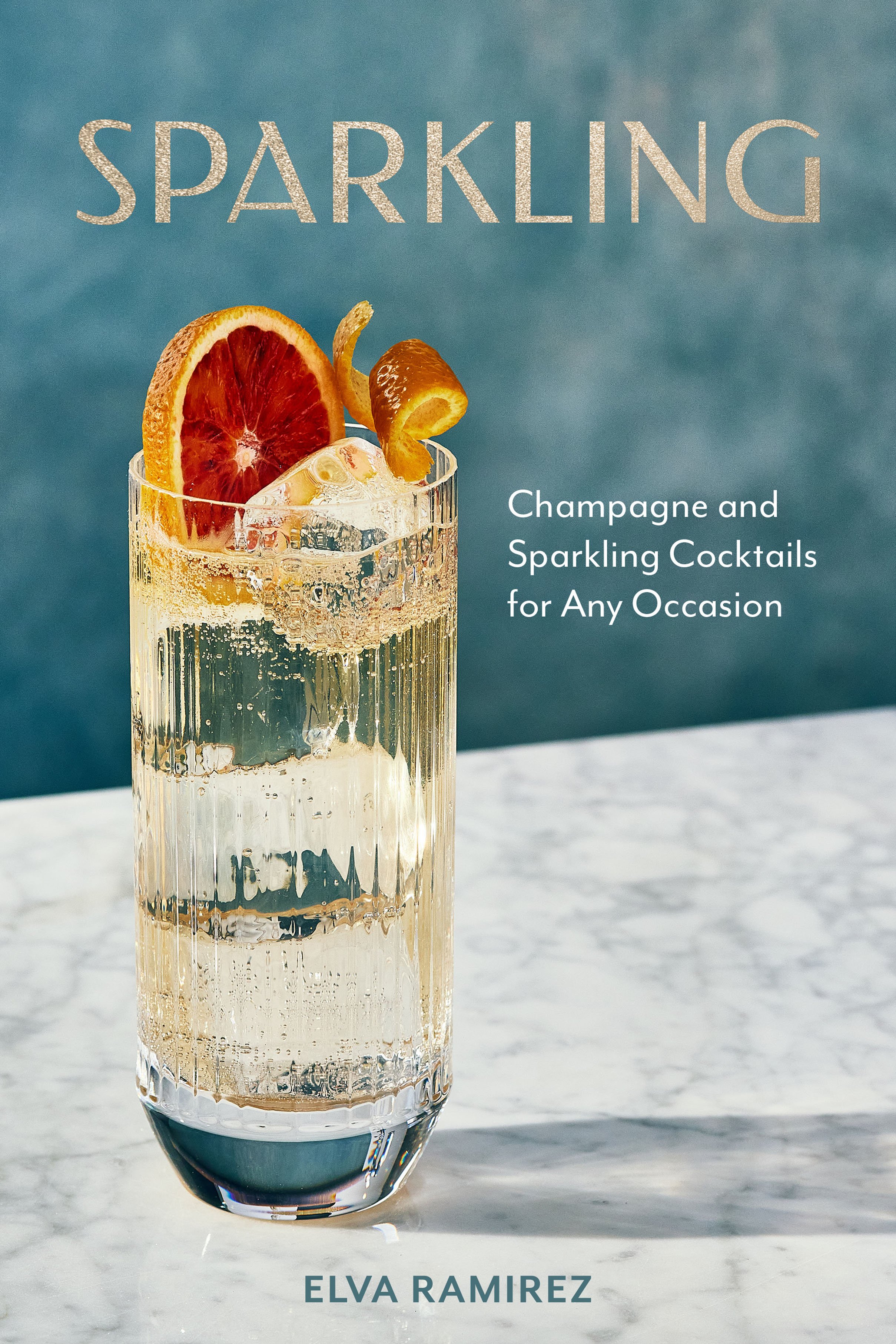
So put down that Coors Light—you’ll want to acquire a copy of this soon-to-be-classic tome and brush up on your sparkling mixology skills ASAP. Refreshment is right around the corner, and summer will never be the same….
